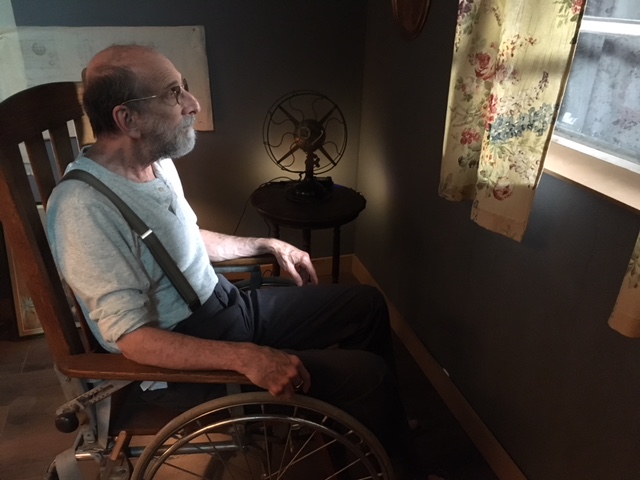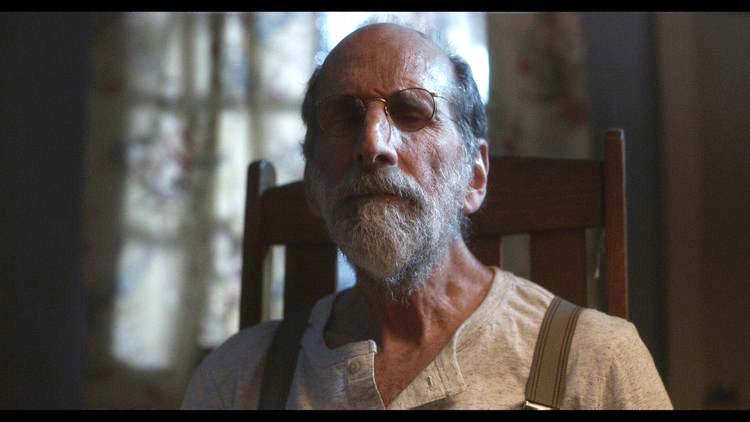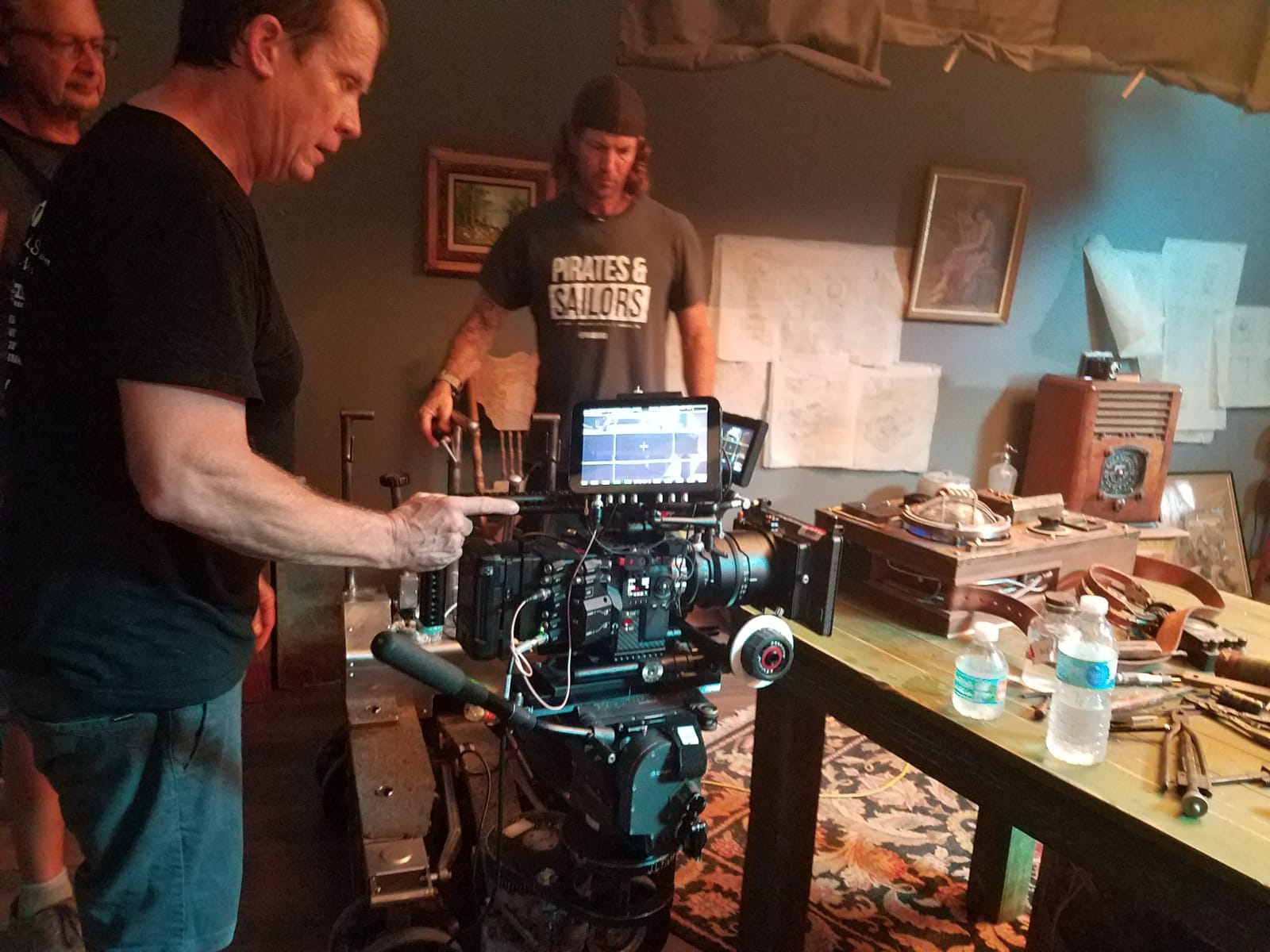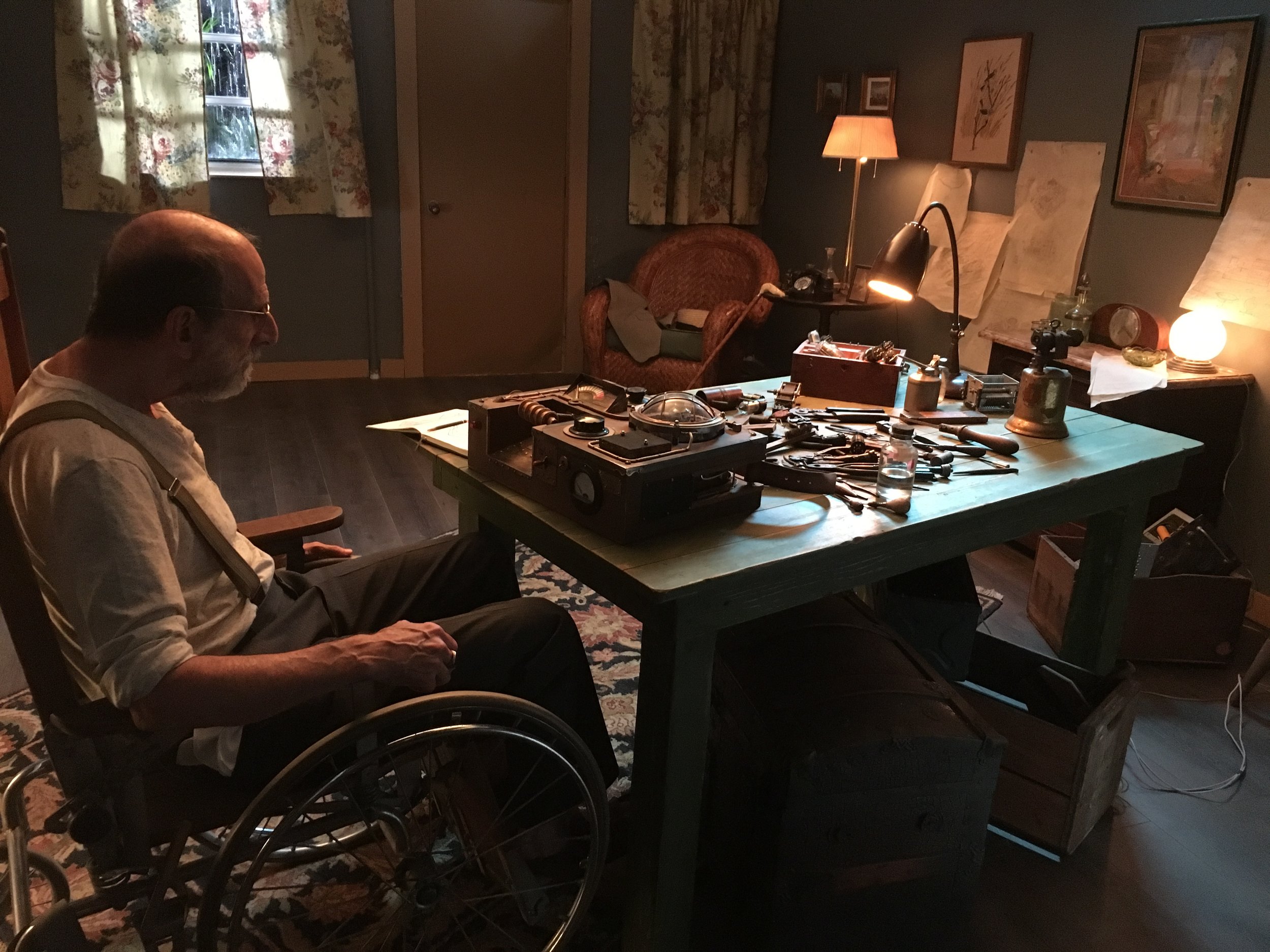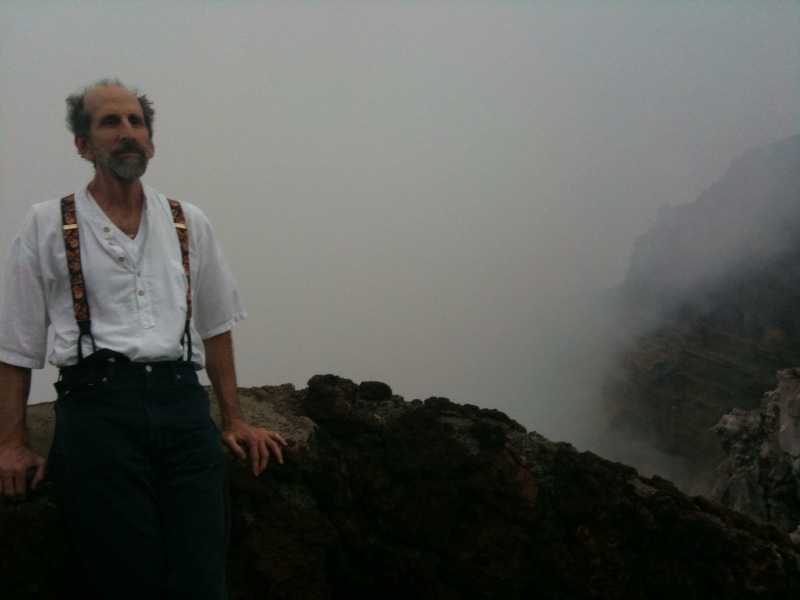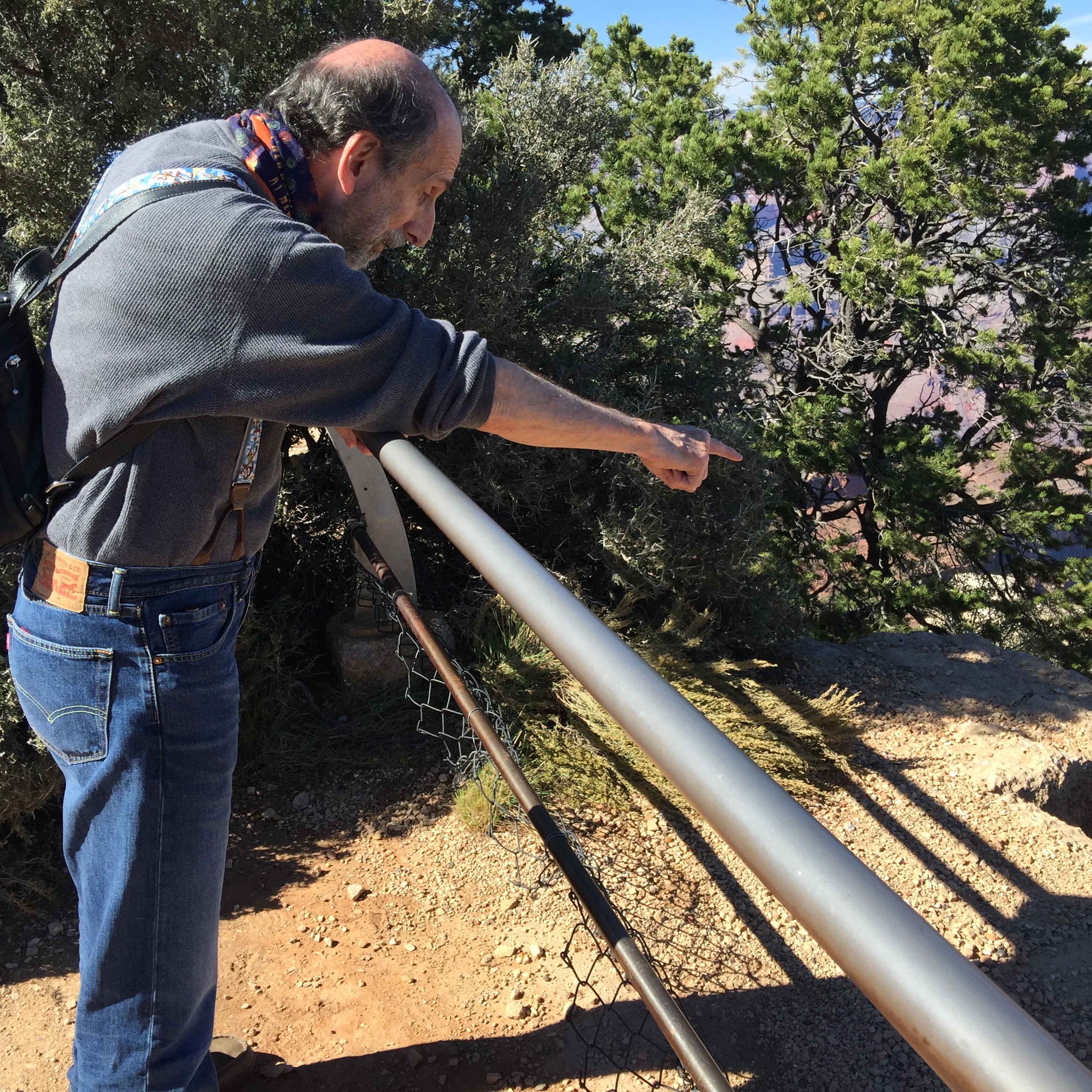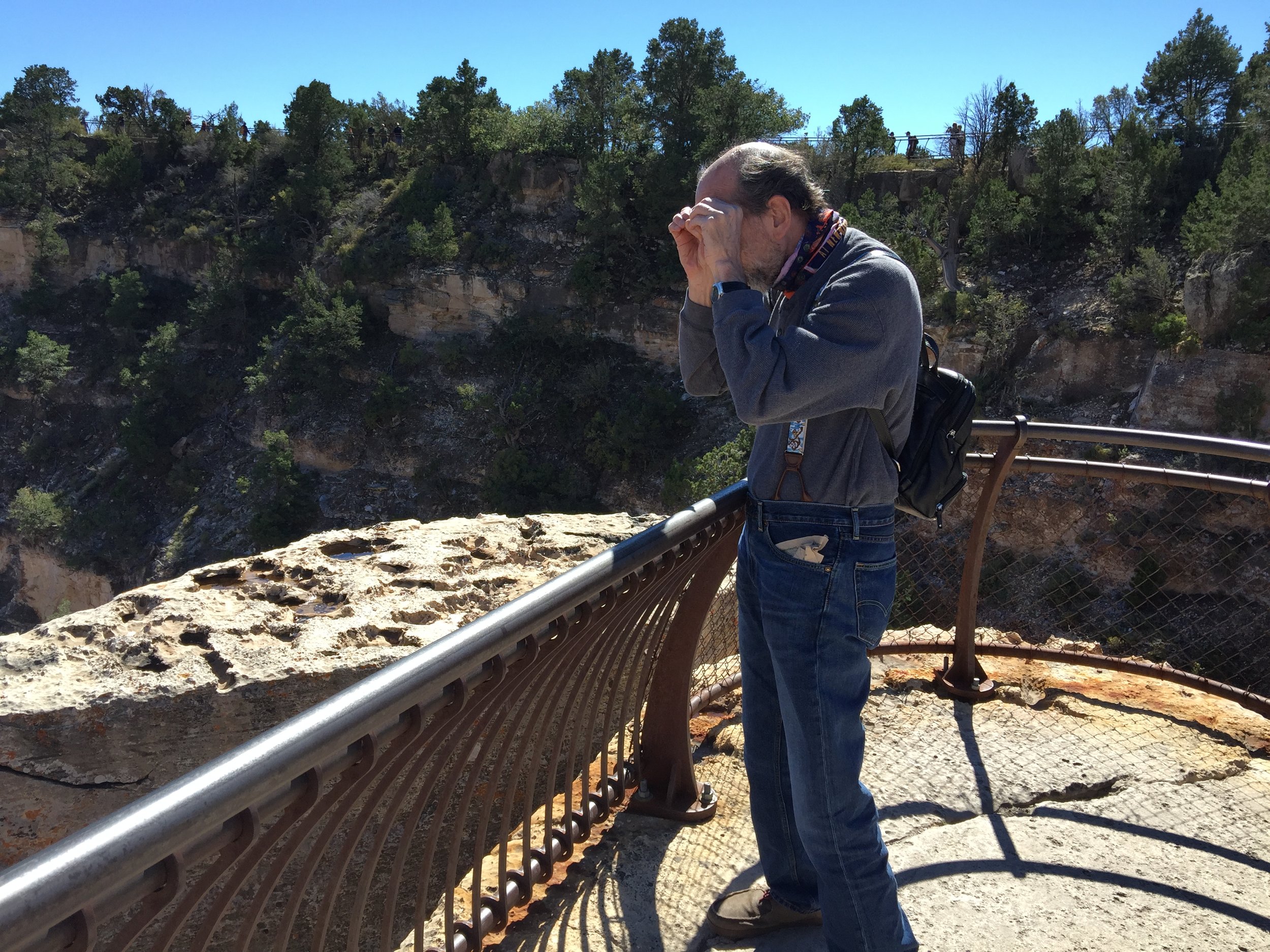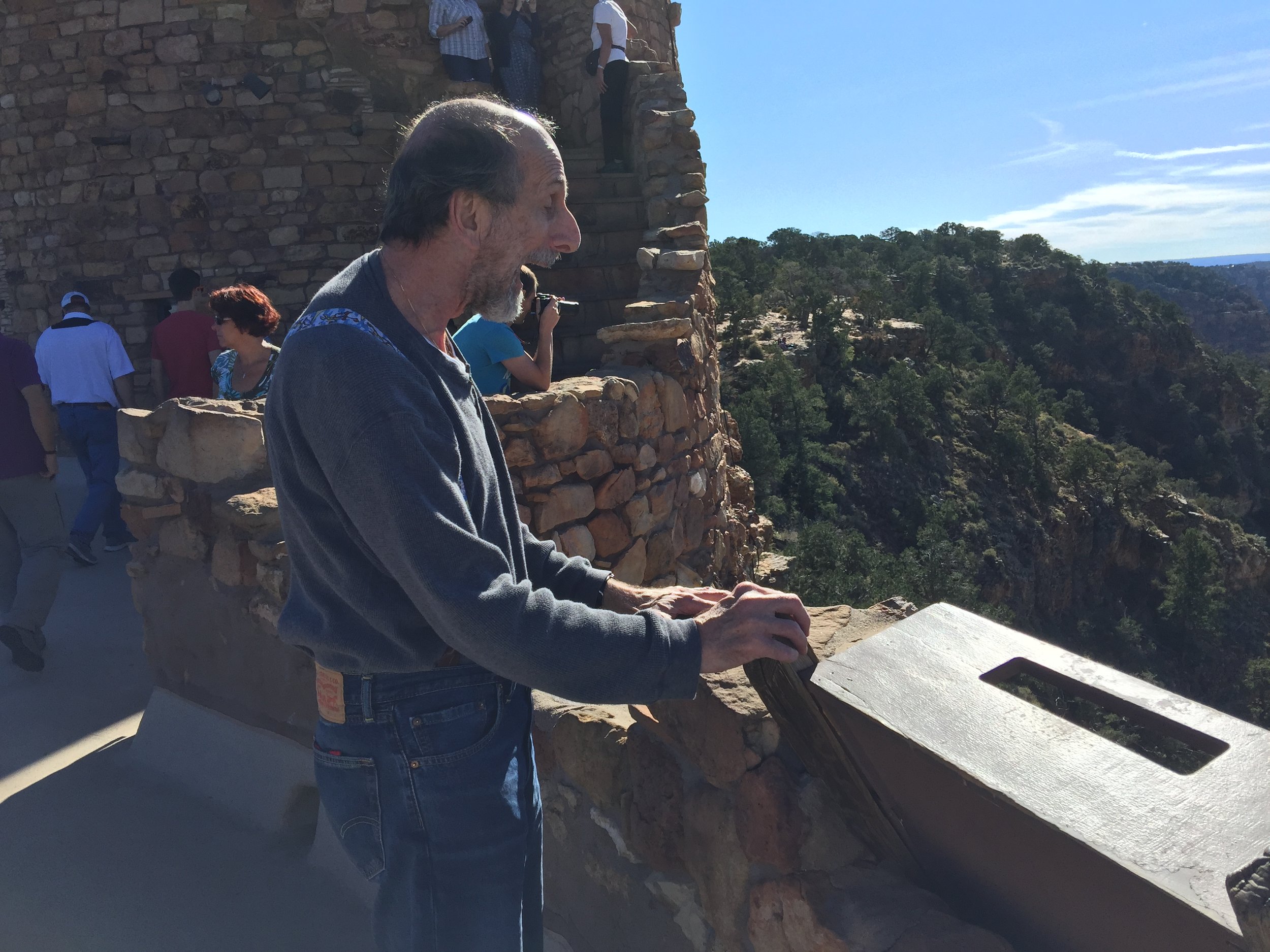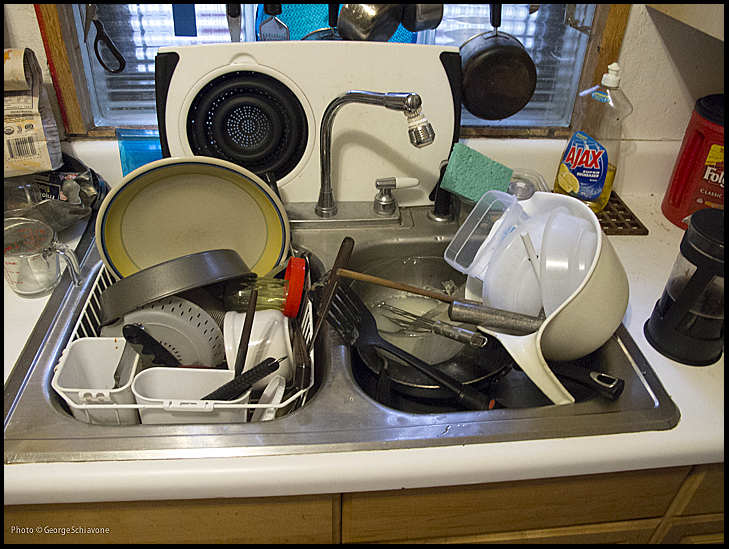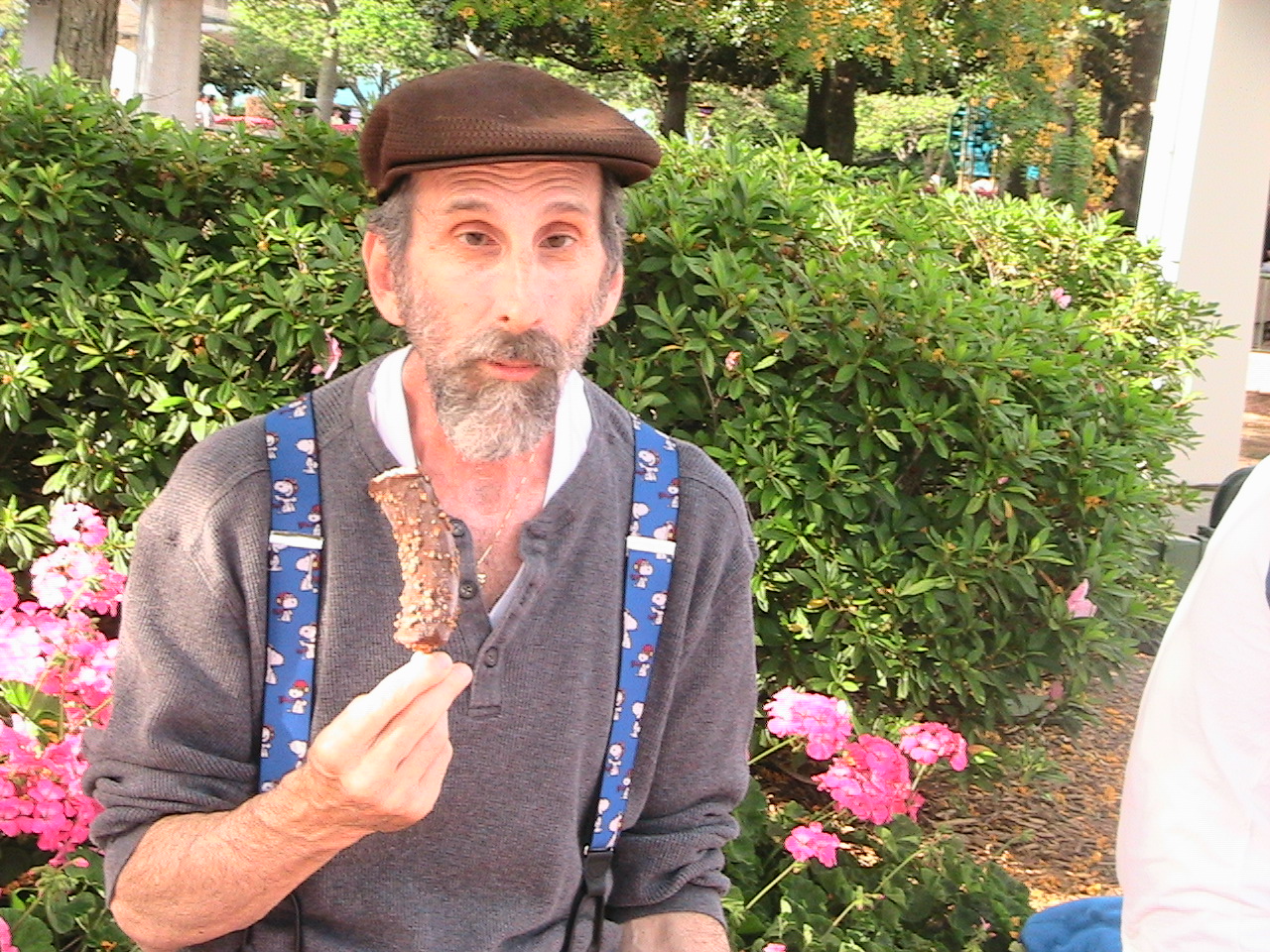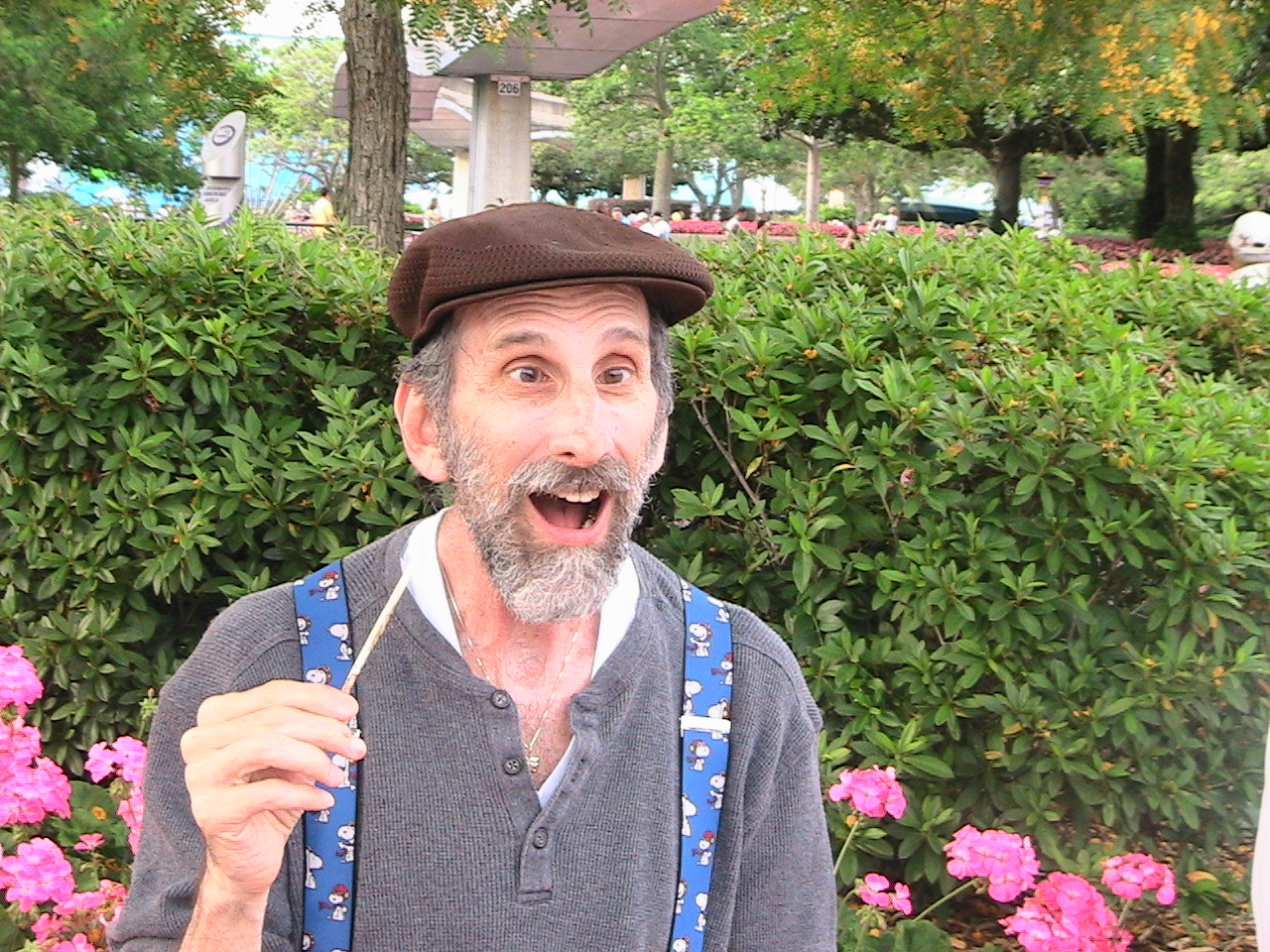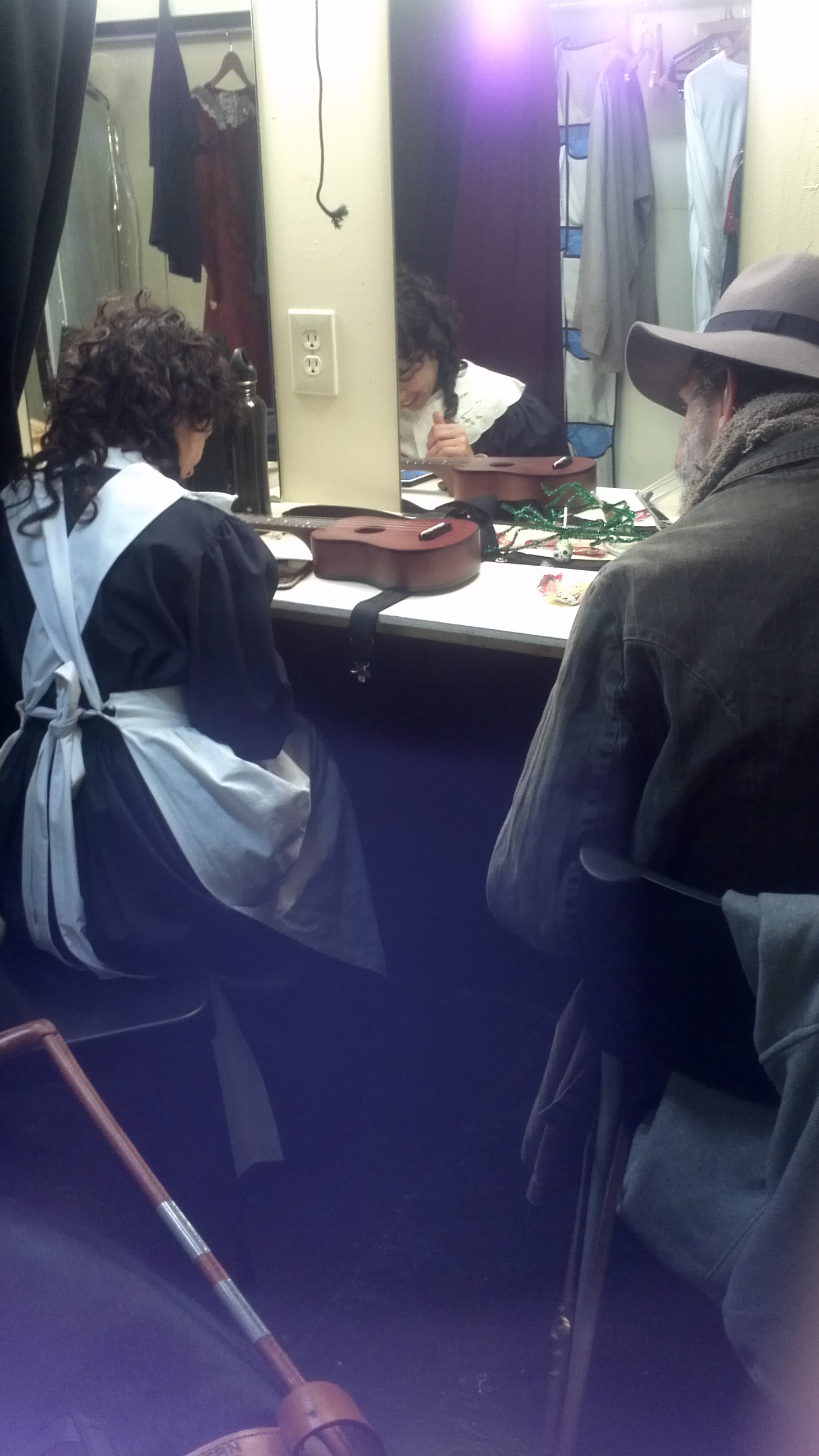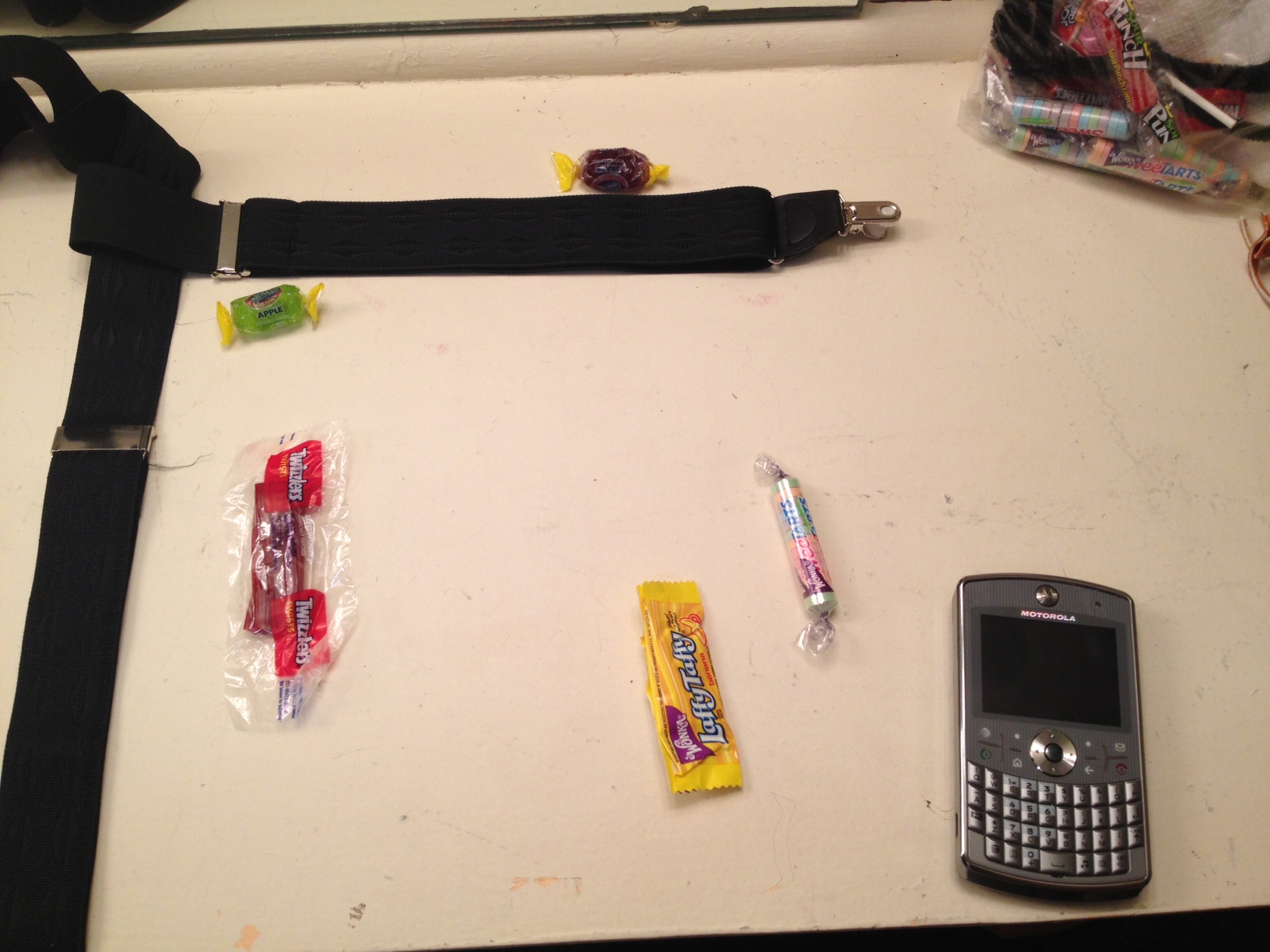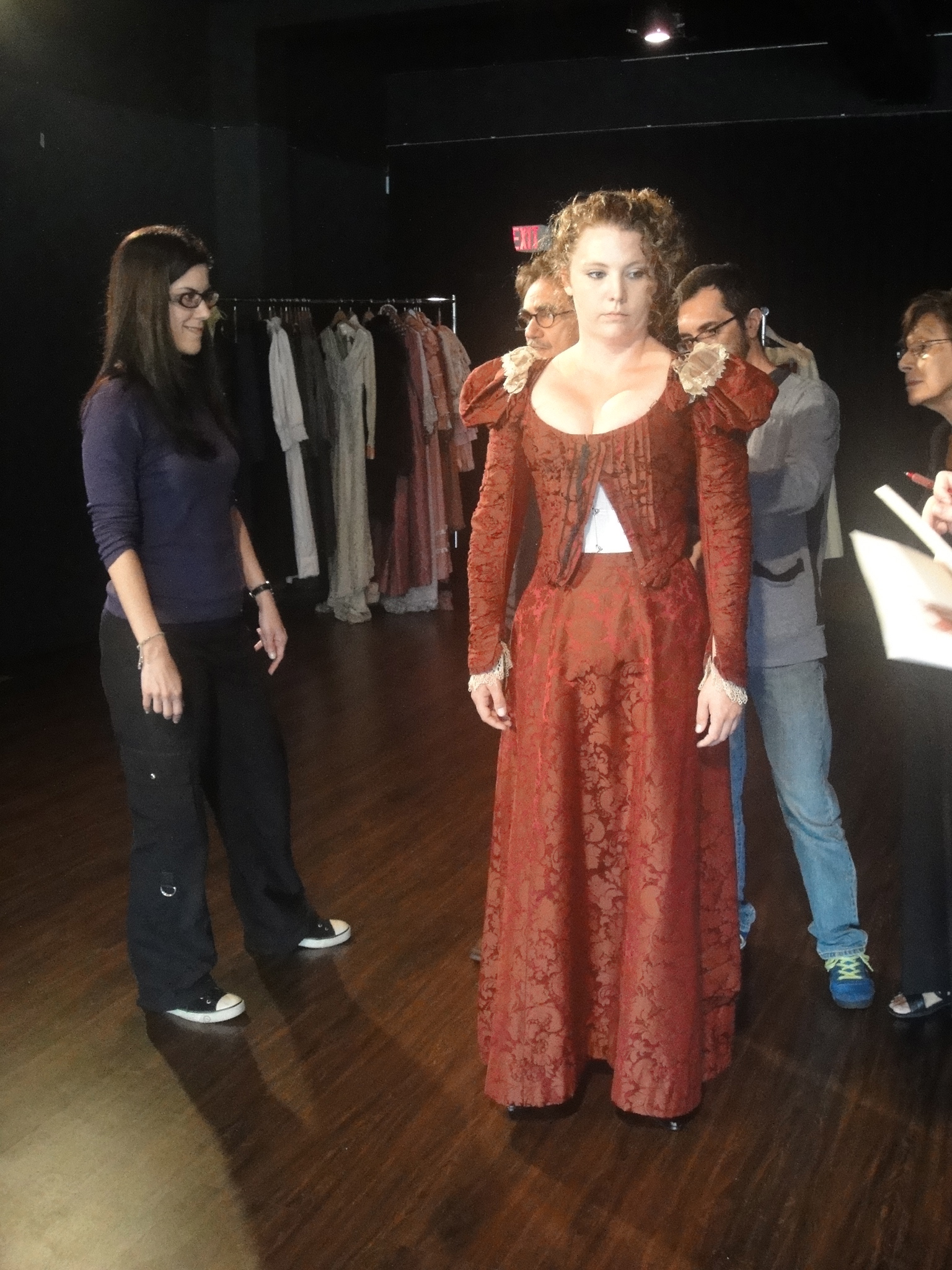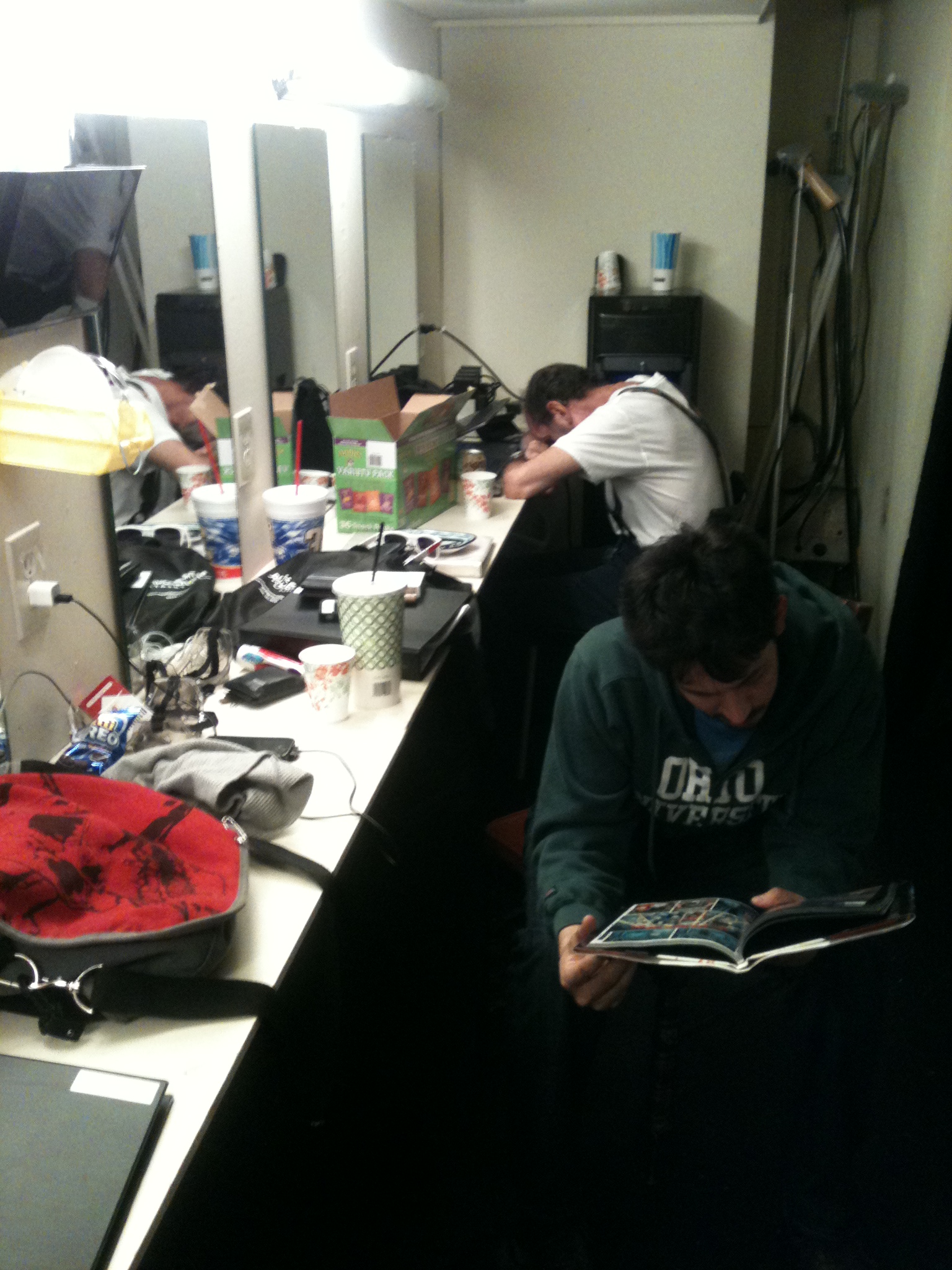I Can See!
Not only do movies create magic for the audience, but for the actor as well. It conjures up a brew for an otherwise shy person to become a romantic lead, a mild-mannered reporter for a great metropolitan newspaper to become a superhero and, in my case, enables a blind actor to see.
My previous gig was playing a blind villain in a short horror film, and this go-around I was an inventor / scientist introduced in the opening sequence of a feature length screenplay. My enigmatic character, Cornelius Proctor, has invented a device that will allow him to transfer his “being” into it just before shuffling off his mortal coil. I’m dressed in a Henley style collarless shirt, suspenders, some pinstriped trousers and wearing some cool wire rimmed glasses. Yep, I can see.
Proctor gazing out the window
Confined to an authentic 1930s wheelchair, the sequence shows my character pondering the final deed whilst gazing through my window at a storm raging outside. Resolved, I approach and activate my device just before dispatching myself, transferring my essence into this nifty retro sci-fi apparatus the size of a breadbox.
So, how does the blind man “see” to wheel from his window to his radio for one last listen before heading over to his work-station where sits his device and his destiny?
Magic my dear Watson. Actually, watching an off-set monitor, my director prompted me as the action unfolded in real time. I spin my wheelchair away from the window, the director shouts “Stop!” – my cue to now wheel straight across the room to the old-fashioned Zenith. The tricky part was to land on a dime 12-feet away from the window, just left of the radio, in order to reach down and switch it off before wheeling over to my makeshift worktable in the center of the living room. With the director’s cues and a little practice, I roll to the radio, stop, listen briefly to the music, bullseye the knob and switch it off and, taking one last look around my room at tacked up blueprints and a mysterious photo of a woman on the wall, I wheel away to the workbench. Nailed it.
Director Fareed Al-Mashat watching monitor behind set
Taking direction
Proctor close up listening to radio in the dark
Like all shoots, there were long, medium, close-ups, as well as overhead shots of the same action, lensed separately, so there would be enough coverage to give the director and editor optional ways to cut the film.
Director of Photography Frank Martin lining up device shot
What I didn’t actually see, but what dressed the stage, was the storm raging outside, accomplished by a behind-the-set rain-rake drizzling water down the window and an offstage fan blowing palm fronds as if they were fluttering in the wind. Inside on the set was a copy of a vintage Life magazine resting on a straw couch, an old-school oscillating fan, a dozen blueprints tacked up on the walls, and living room furniture moved off to the side to accommodate my workspace. On the floor were boxes of various parts and covering the workbench were old-fashioned tools, vacuum tubes, a soldering iron with a small burning flame, a jar of acetone...and, of course, the device.
The device and random tools
The device had a hand-crank, two switches, two separate dials, and a grab-handle which I had to execute in sequence to fire it up. However, before disappearing into it, I made one last entry in my journal. (I was told that my handwriting was pretty good.) Then I cranked, flipped, twisted, grabbed, trembled violently, and zap…I was a goner! Nailed it.
After two days of shooting, which will ultimately be edited to 2-minutes, we wrapped the prologue sequence, setting up the device and the action about to unfold.
So, whenever I want to see, I simply head over to a film set – just one more magical benefit of making movies.
It’s a bird. It’s a plane. It’s a blind dude who can see!
Proctor at workbench with device and set in background
Steve Gladstone
The Blind Dude

